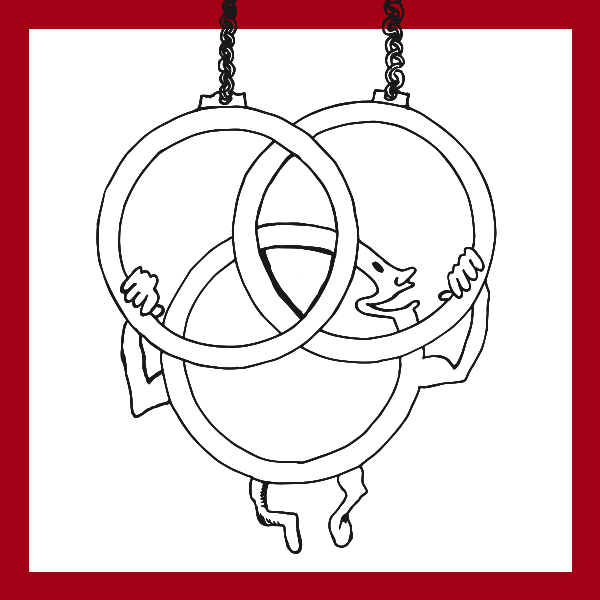The Beauty Of Maths Patterns: Exploring Mathematical Sequences
The Beauty of Maths Patterns: Exploring Sequences | Mathnasium

Mental Math: The Distributive Property Meets Wholes and Parts
Whether you’re working on arithmetic or algebra, a strong understanding of the distributive property is a valuable tool to have in your mental math toolkit. Here’s our favorite way to look at this.
The distributive property says:
a(b + c) = ab + ac
In plain English, this says that when you multiply the whole (b + c) by a, you get same answer as when you multiply each part (b and c) individually by a, and add the results (ab + ac).
Here are some examples of this in action:
1. Find the total value of 5 pennies and 5 dimes.
If we look at this problem in terms of the distributive property:
5(1¢ + 10¢) = (5 x 1¢) + (5 x 10¢)
You can either:
… Or:
Try this: Find the total value of 6 nickels and 6 dimes.
2. Solve: 4 x 26
4(26) = (4 x 25) + (4 x 1)
You can either:
… Or:
Try this: 4 x 2 ½ = ____________


Mathnasium meets your child where they are and helps them with the customised program they need, for any level of mathematics.
